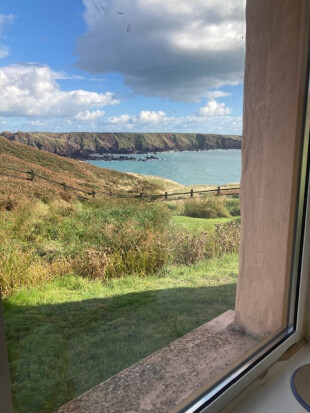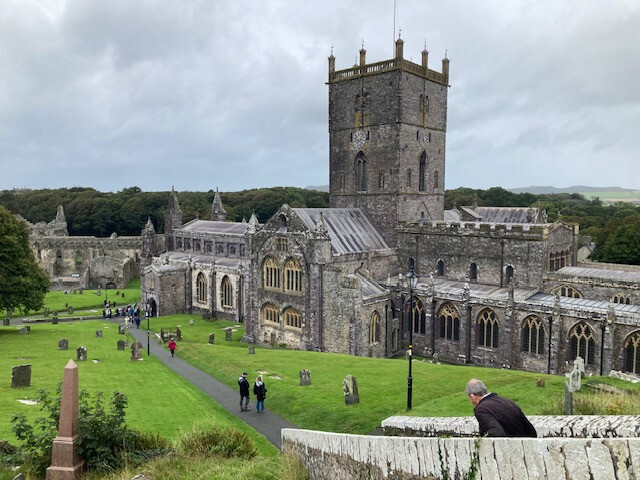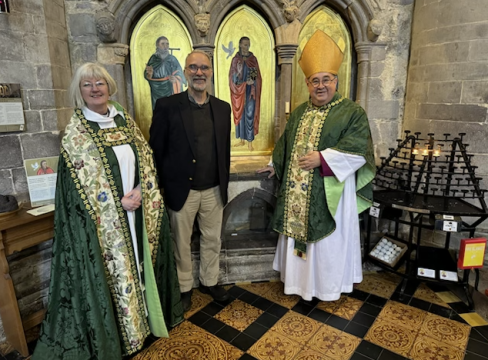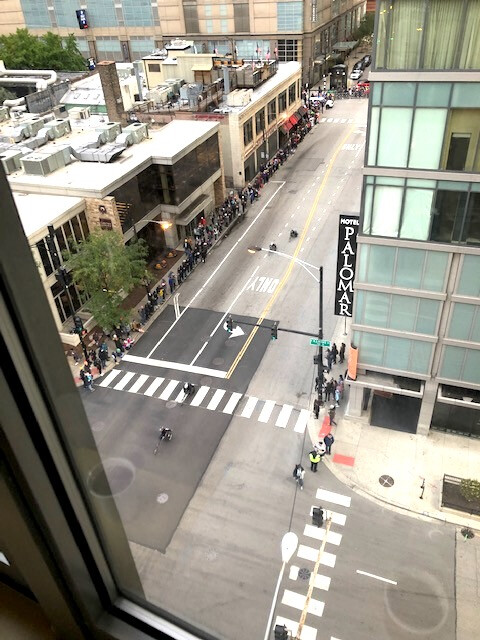At the Hookses

I am writing this entry at a homestead called ‘the Hookses,’ in Dale, in the southwest-most part of Wales, overlooking the sea. It was the retreat of John Stott, the late evangelical Anglican priest, theologian, and statesman. Here you can imagine the quiet, disciplined, and intensely focused life that he led (in addition to his serving as rector of All Souls, London). And yet for the latter half of the 20th century he was one of the premier leaders of global evangelicalism (of a stature comparable to Billy Graham). So he leads us to reflect on the real nature of spiritual authority. He did not hold high office in the Church, nor did his writing or speaking draw any particular attention to himself. But he wrote constantly, eloquently, accessibly, about the Gospel: among many others, Basic Christianity, The Cross of Christ, The Glory of Preaching. He was always a catechist as well as a preacher, the message and the messenger aligned
Secondly John Stott, though a thoroughly an Anglican, was first and foremost a servant of the Gospel. This implied a much wider ecumenical fellowship, of which he counted himself a member. Hence He became one of the original moving forces in the Lausanne movement (of which our own Carrie Headington has an important role), which gathers Christians centered on the Gospel from across denominations. Authority was not something one has, but emerges from the articulation of the Gospel itself.
Third and finally, early on, John Stott saw the importance of promoting global Christianity, and in particular the education and support of its young leaders. He was a mentor to leaders like Samuel Escobar in Latin America and Bishop David Gitari in Africa. The Langham Trust continues to provide advanced theological education to young scholars from the Global South. (I served on its Canadian board while at Wycliffe). For John, to see the wide dimensions of the Gospel led to see the wide dimensions of Christ’s Church. This too is a lesson to us from the life of this modern saint (a designation he would surely have resisted).
St. David's Cathedral below

Inside St. David's Cathedral

St. David's tomb in the cathedral with the bishop and dean




